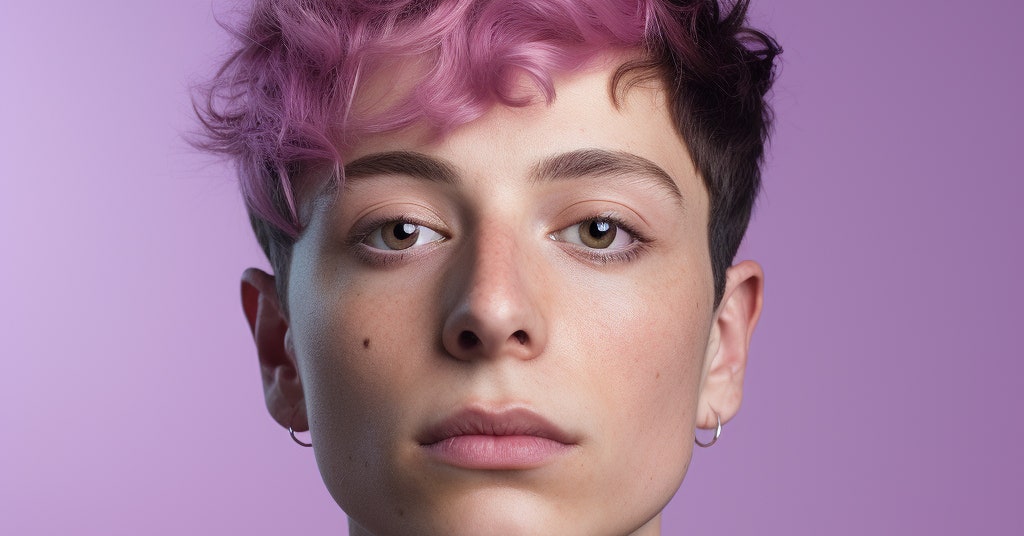The Challenges and Potential of AI-Generated Queer Representation
Strategies for Inclusive AI Output
In an effort to promote diversity in AI-generated content, developers are exploring various methods, such as implementing guardrails and modifying user prompts. OpenAI seems to have embraced this approach. When prompted via ChatGPT to ”draw a cartoon of a queer couple enjoying a night out in the Castro,” the AI model autonomously expanded the image prompt into a detailed paragraph, incorporating gender, race, and additional contextual information.
While this approach can be beneficial in certain situations, poorly implemented prompt alterations can frustrate users. Despite the impressive photorealism of AI-generated images, the technology is still imperfect and requires further refinement.
Exploring Queer Representation in AI-Generated Videos
OpenAI‘s AI video tool, Sora, is currently in the research phase and has not been released to the public. To better understand how the model represents queer people, I provided three prompts to OpenAI: “a diverse group of friends celebrating during San Francisco’s pride parade on a colorful, rainbow float,” “two women in stunning wedding dresses getting married at a farm in Kansas,” and “a transgender man and his nonbinary partner playing a board game in outer space.” A week later, I received three exclusive videoclips that OpenAI claims were generated by Sora without modification.
The resulting videoclips are both messy and marvelous. In the San Francisco Pride parade clip, rainbow flags defy the laws of physics, morphing into nothingness and reappearing out of thin air. The video of two brides at the altar shows their hands melding together into an ungodly finger clump. In the clip of a queer couple playing a board game, they appear to pass through playing pieces like ghosts.
The Challenges of Depicting Nonbinary Individuals
The video clip intended to show a nonbinary person playing games in outer space stands out among the three. The character features conspicuous queer-coded lilac locks, scattered messy tattoos, and hyperpigmentation resembling reptile scales on their face. Even for an advanced AI video generator like Sora, accurately depicting nonbinary individuals appears to be a challenge.
Questioning AI’s Definition of Diversity
When members of Queer in AI reviewed these clips, they raised concerns about Sora’s interpretation of diversity in the Pride parade friend group. Sabine Weber, a computer scientist from Germany, questioned whether AI models should be the baseline for defining diversity. In addition to the exaggerated attractiveness of the generated humans, a common occurrence in AI visualizations, Weber highlighted the lack of representation of older, larger-bodied, or visibly disabled queer individuals.
The Unintended Consequences of AI-Generated Queer Representation
Agnew, a member of Queer in AI, expressed concern about the potential unintended consequences of algorithmic representations for LGBTQ people:
It’s trivial to get them to combine things that on their own are fine but together are deeply problematic. I’m very worried that portrayals of ourselves, which are already a constant battleground, are suddenly going to be taken out of our hands.
Even if AI tools become more inclusive and holistic in their representations of queer people in the future, the synthetic depictions may still lead to unforeseen issues.

2 Comments
Truly, are we surprised? AI only mirrors society’s complex issues with representation!
Well, if AI’s got biases, guess who programmed them? Humans sure have a knack for sharing their flaws!